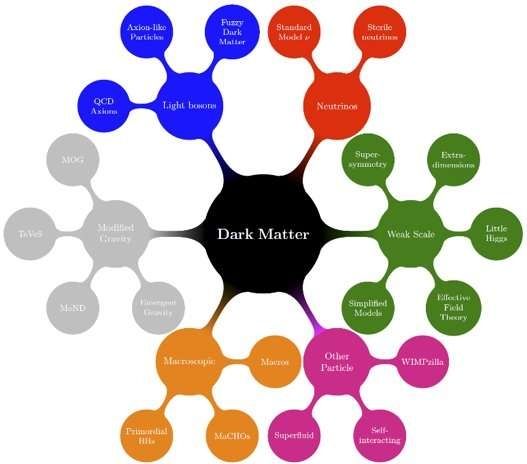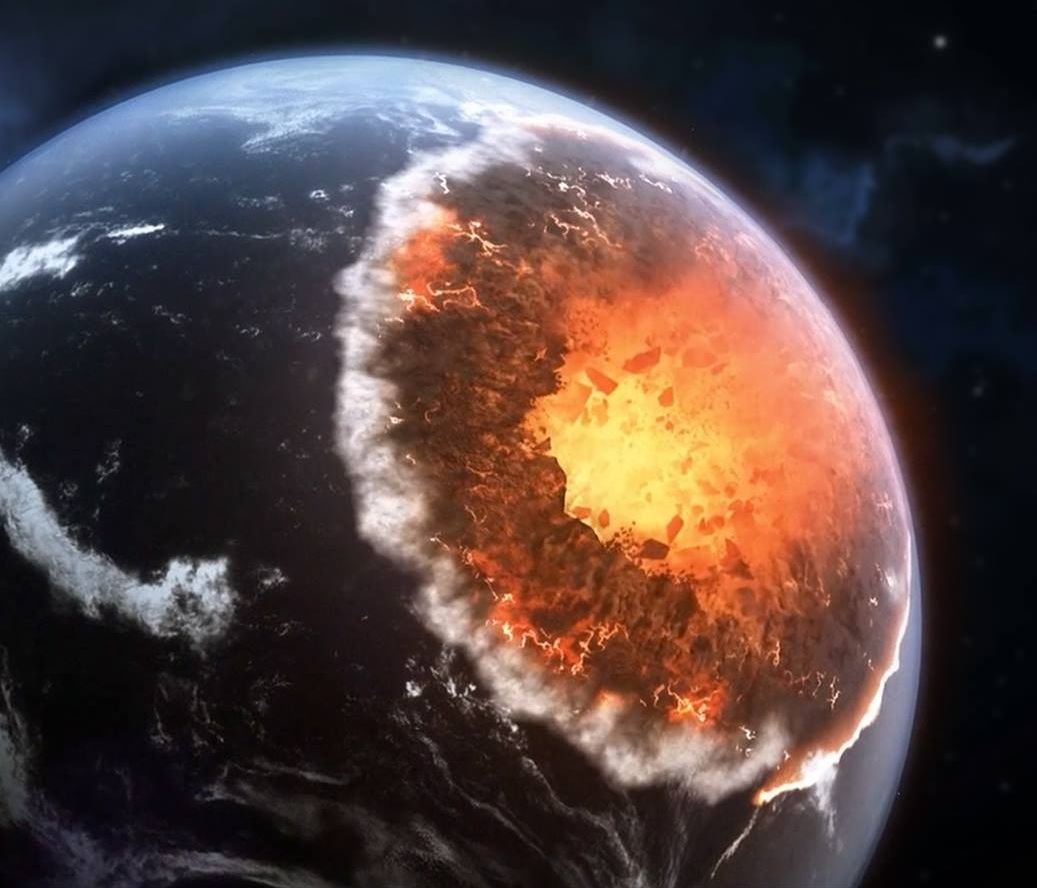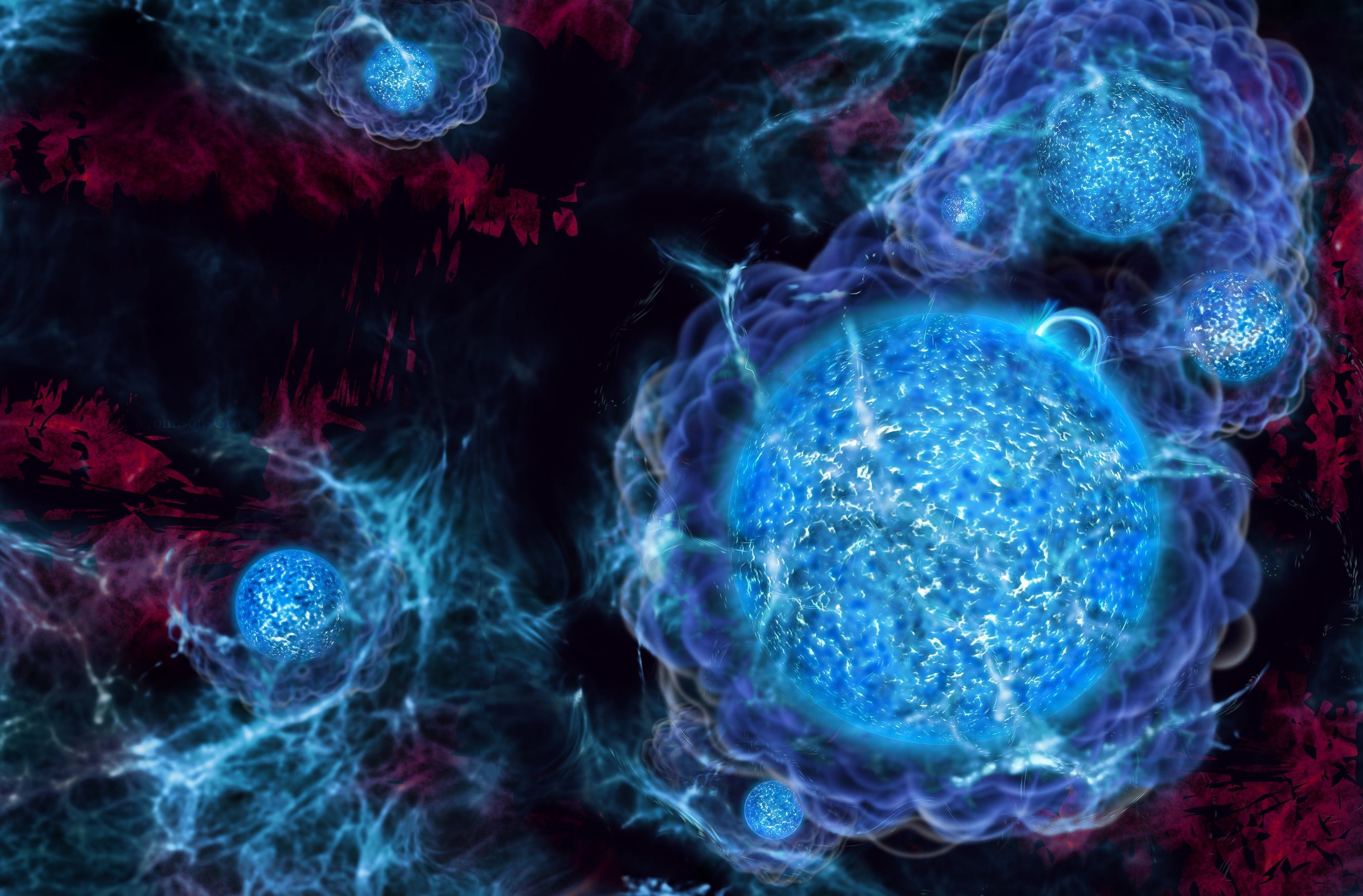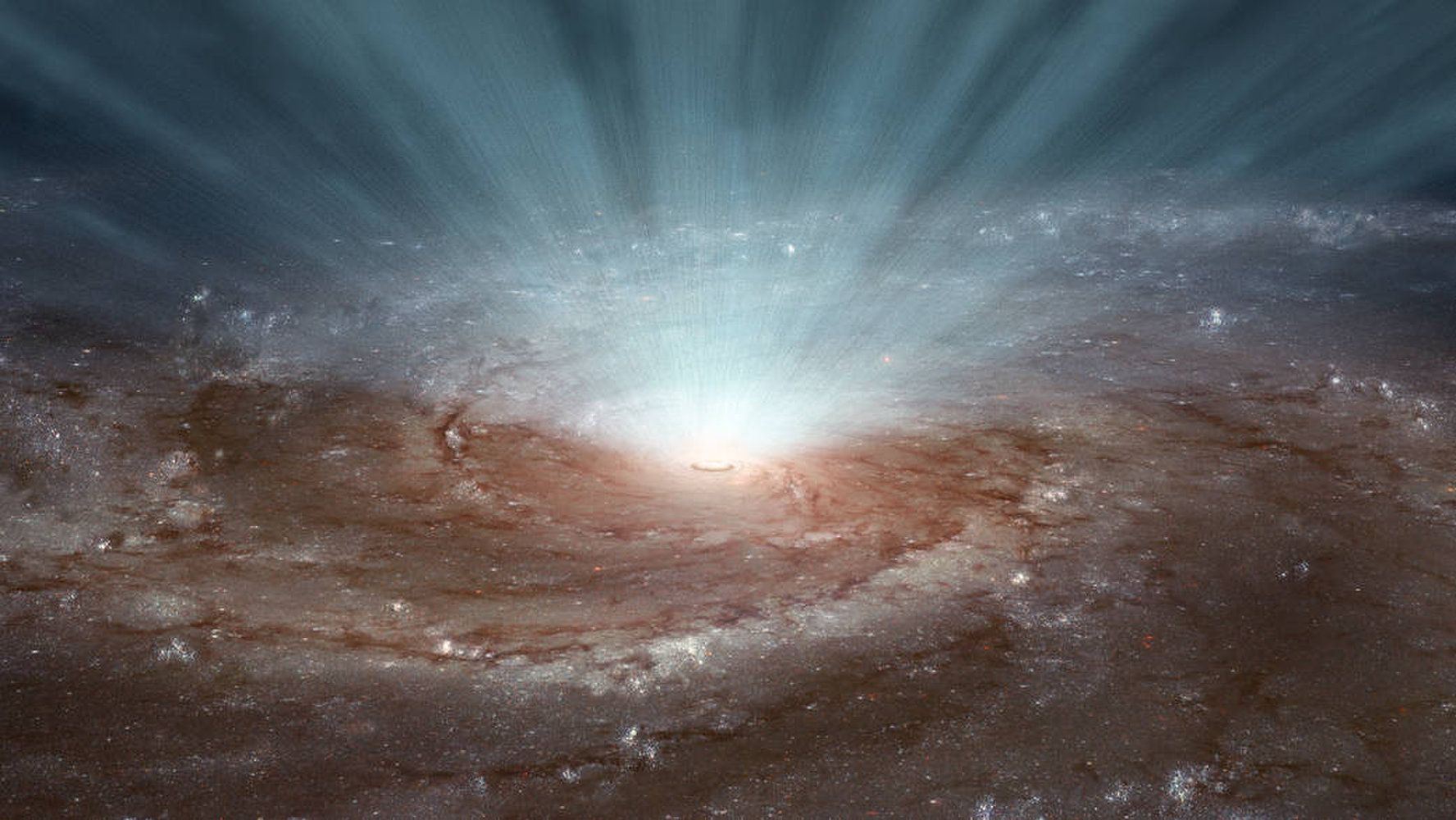The international collaborative n_TOF, in which a group of University of Seville researchers participated, has made use of the unique capacities of three of the world’s nuclear facilities to carry out a new experiment aimed at finding an explanation of the cosmological lithium problem. This problem is among the still unresolved questions of the current standard description of the Big Bang. The new experimental results, their theoretical interpretations and their implications have been published in Physical Review Letters.









